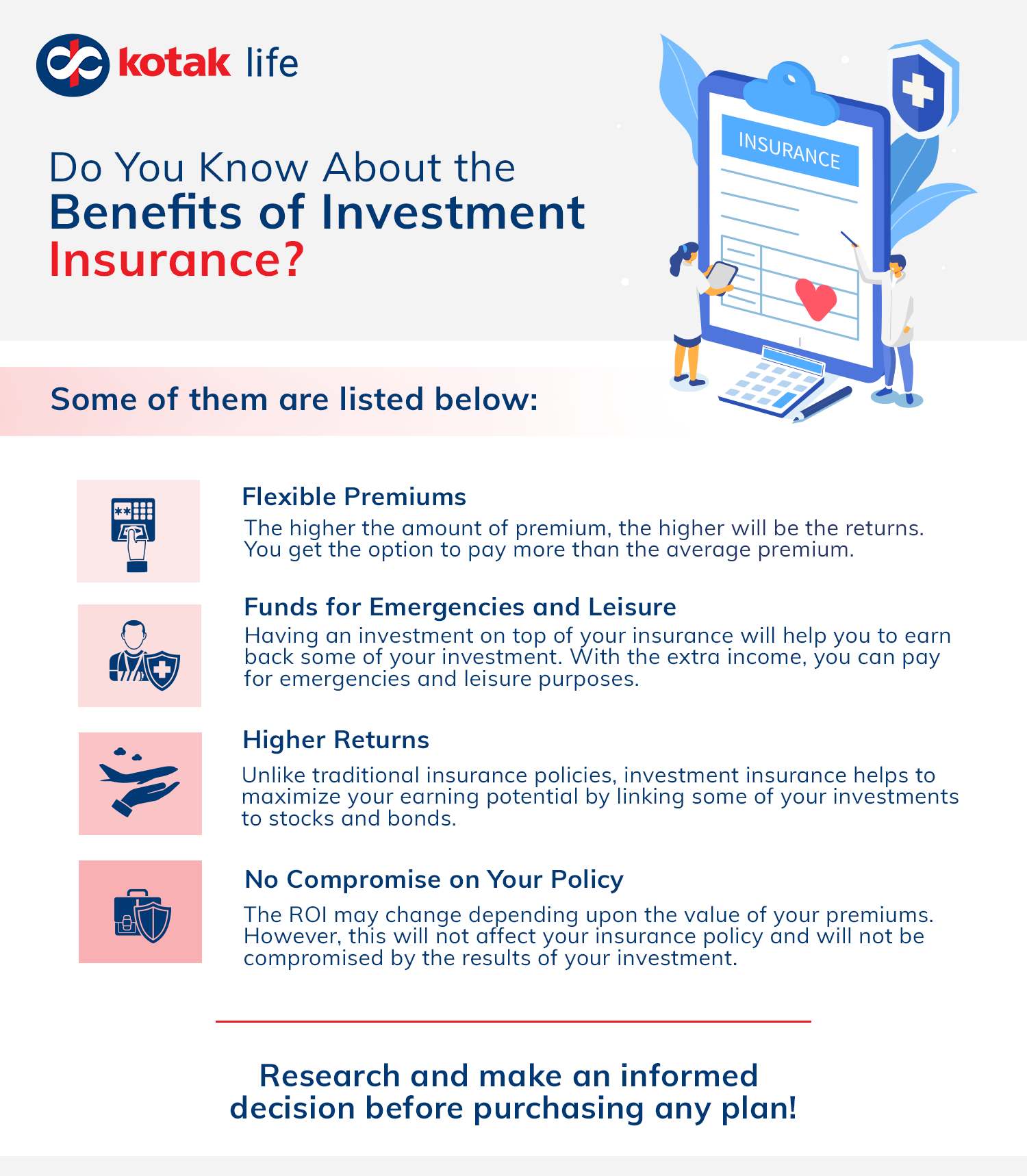All about Pacific Prime
Table of ContentsNot known Incorrect Statements About Pacific Prime All About Pacific PrimeRumored Buzz on Pacific PrimePacific Prime - QuestionsThe Basic Principles Of Pacific Prime
:max_bytes(150000):strip_icc()/basics-to-help-you-understand-how-insurance-works-4783595_final-9cf74d5b66d14f88a21ab29ddb290e2d.png)
This is because the information were gathered for a period of solid financial efficiency. Of the approximated 42 million people who were uninsured, almost regarding 420,000 (about 1 percent) were under 65 years old, the age at which most Americans end up being qualified for Medicare; 32 million were adults in between ages 18 and 65, around 19 percent of all grownups in this age team; and 10 million were kids under 18 years of age, regarding 13.9 percent of all youngsters (Mills, 2000).
These price quotes of the variety of persons without insurance are generated from the annual March Supplement to the Current Population Study (CPS), performed by the Demographics Bureau. Unless otherwise kept in mind, national quotes of people without wellness insurance coverage and proportions of the populace with different kinds of coverage are based upon the CPS, one of the most widely made use of source of price quotes of insurance policy coverage and uninsurance prices.
Not known Factual Statements About Pacific Prime

Still, the CPS is particularly valuable because it produces yearly estimates relatively promptly, reporting the previous year's insurance policy coverage estimates each September, and because it is the basis for a regular collection of quotes for more than 20 years, permitting for analysis of trends in coverage with time. For these reasons, as well as the comprehensive use of the CPS in other studies of insurance protection that are provided in this record, we depend on CPS quotes, with limitations kept in mind.

The estimate of the variety of uninsured people broadens when a population's insurance coverage status is tracked for several years. Over a three-year duration beginning early in 1993, 72 million individuals, 29 percent of the united state population, were without insurance coverage for at the very least one month. Within a single year (1994 ), 53 million individuals experienced at the very least a month without coverage (Bennefield, 1998a)
6 out of every ten without insurance grownups are themselves utilized. Functioning does improve the likelihood that one and one's household members will have insurance, it is not a warranty. Even participants of households with two full-time wage earners have practically a one-in-ten chance of being without insurance (9.1 percent without insurance rate) (Hoffman and Pohl, 2000).
The Only Guide for Pacific Prime
New immigrants make up a considerable percentage of people without wellness insurance coverage. One evaluation has actually associated a substantial portion of the current growth in the size of the united state without insurance population to immigrants who got here in the country between 1994 and 1998 (Camarota and Edwards, 2000). Current immigrants (those that came to the United States within the previous four years) do have a high rate of being uninsured (46 percent), however they and their youngsters make up just 6 percent of those without insurance policy nationally (Holahan et al., 2001).
The see post relationship between health and wellness insurance and access to care is well established, as documented later in this chapter. Although the connection in between medical insurance and wellness end results is neither direct neither easy, an extensive clinical and health and wellness solutions research study literature links medical insurance coverage to better accessibility to care, better high quality, and improved individual and population wellness status.
Levels of evaluation for checking out the effects of uninsurance. It focuses specifically on those without any kind of health and wellness insurance policy for any size of time.
Pacific Prime Can Be Fun For Anyone
The troubles encountered by the underinsured are in some respects comparable to those dealt with by the uninsured, although they are usually much less serious. Health and wellness insurance policy, nonetheless, is neither needed nor enough to obtain access to medical solutions. The independent and direct effect of health and wellness insurance protection on access to health solutions is well established.
Others will get the healthcare they require even without medical insurance, by paying for it expense or seeking it from carriers who offer treatment cost-free or at very subsidized rates. For still others, wellness insurance policy alone does not make certain receipt of care as a result of other nonfinancial obstacles, such as an absence of health and wellness treatment suppliers in their community, restricted access to transportation, illiteracy, or etymological and cultural differences.
The Basic Principles Of Pacific Prime
Formal research study regarding without insurance populaces in the United States dates to the late 1920s and early 1930s when the Committee on the Expense of Healthcare generated a series of reports regarding financing medical professional workplace gos to and hospitalizations. This concern came to be significant as the numbers of medically indigent climbed throughout the Great Depression.